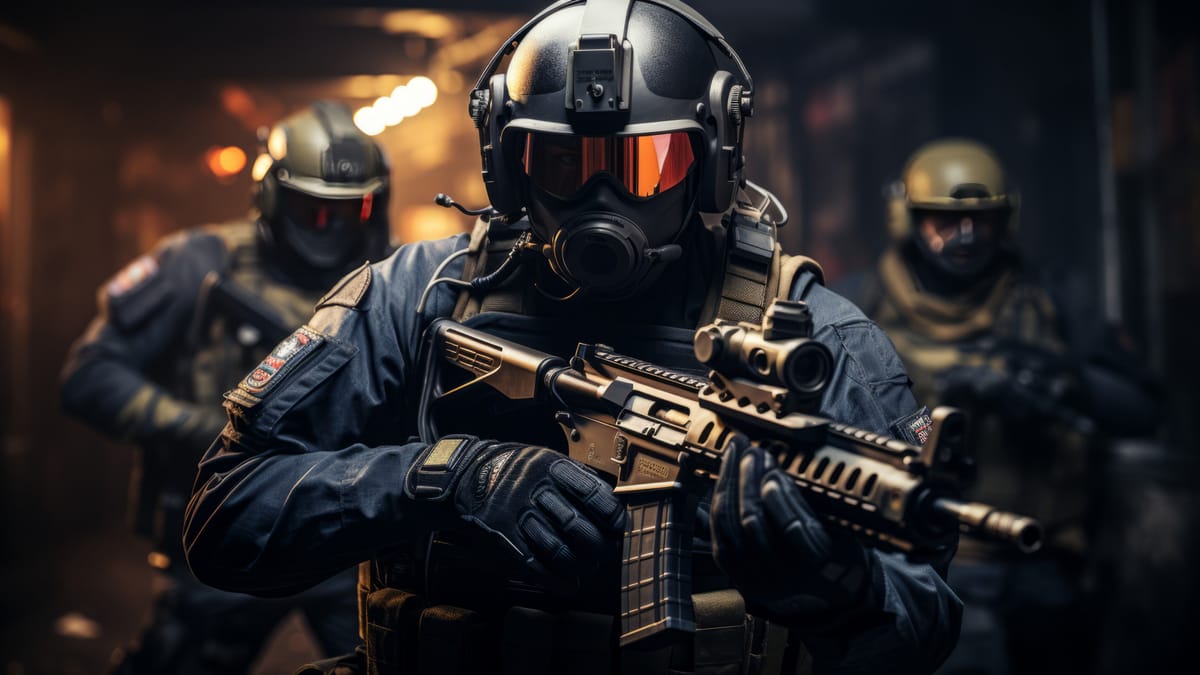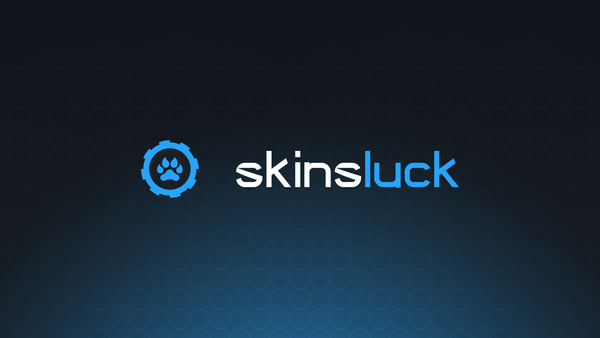Introduction
Counter-Strike 2 (CS2) has been a highly anticipated release, bringing new features, enhanced graphics, and refined gameplay to the iconic franchise. However, along with the excitement, there are significant concerns regarding cheaters and the effectiveness of the Valve Anti-Cheat (VAC) system. This article delves into the persistent issues with cheating in CS2, the limitations of VAC, and potential strategies to combat these problems to maintain a fair and competitive environment.
The Persistent Problem of Cheating
Cheating has long plagued online competitive games, and CS2 is no exception. From aimbots to wallhacks, cheaters use various methods to gain an unfair advantage, ruining the experience for legitimate players. Despite Valve's efforts to curb cheating, the problem persists, affecting the integrity of matchmaking and competitive play.
Common Types of Cheats in CS2
- Aimbots: Software that automatically aims at opponents, ensuring perfect accuracy.
- Wallhacks: Tools that allow players to see through walls, giving them knowledge of enemy positions.
- Triggerbots: Programs that automatically fire the weapon when an enemy is in the crosshair.
- ESP (Extra Sensory Perception): Displays additional information such as enemy health, weapon, and distance.
The Valve Anti-Cheat (VAC) System
VAC is Valve's proprietary anti-cheat solution, designed to detect and ban players using cheats in their games. While VAC has been effective to some extent, it has notable limitations that cheaters exploit.
How VAC Works
VAC operates by scanning a player's system for known cheat signatures and anomalies during gameplay. When it detects a cheat, the system issues a ban, preventing the player from participating in VAC-secured servers.
Limitations of VAC
- Reactive Nature: VAC is primarily reactive, meaning it detects cheats only after they have been used and identified, allowing cheaters to impact several games before being banned.
- Lag in Updates: Cheaters continuously develop new methods to bypass VAC, and there is often a lag before VAC is updated to detect these new cheats.
- False Positives and Negatives: Sometimes, VAC may falsely identify legitimate players as cheaters or fail to detect actual cheats, undermining trust in the system.
Impact on the Community
The presence of cheaters in CS2 has several detrimental effects on the community:
Erosion of Trust
Players lose faith in the game's fairness when they frequently encounter cheaters, leading to frustration and decreased player retention.
Competitive Integrity
Cheating undermines the integrity of competitive play, where skill and strategy are supposed to be the determining factors in victory.
Economic Impact
The in-game economy, driven by skin trading and purchases, can also be affected. Cheaters can manipulate matchmaking to gain rare skins unfairly, impacting market prices and the perceived value of legitimate acquisitions.
Potential Solutions to Combat Cheating
While cheating may never be entirely eradicated, several strategies can enhance the fight against it in CS2:
Improved Anti-Cheat Technologies
- Machine Learning: Implementing machine learning algorithms to detect patterns and behaviors indicative of cheating can provide a proactive approach.
- Behavioral Analysis: Monitoring player behavior and flagging suspicious activities for further review can help identify cheaters more effectively.
Community Involvement
- Reporting Systems: Encouraging players to report suspected cheaters and ensuring timely review and action can help in quick identification and banning of cheaters.
- Transparency: Regular updates and transparency from Valve regarding anti-cheat measures and bans can help rebuild trust in the system.
Collaboration with Other Developers
- Shared Databases: Collaborating with other game developers to share information about known cheats and cheaters can strengthen the collective fight against cheating.
- Industry Standards: Developing and adhering to industry standards for anti-cheat measures can ensure a more unified and effective approach.
Conclusion
The battle against cheaters in CS2 is ongoing and complex, but it is essential for maintaining the game's integrity and ensuring a fair, competitive environment for all players. While VAC provides a foundation, there is room for significant improvement through advanced technologies, community involvement, and industry collaboration. By addressing these issues head-on, Valve can enhance the player experience and uphold the legacy of one of the most iconic franchises in gaming history.
Stay tuned for more updates on this topic and other insights into the world of Counter-Strike 2. The fight against cheaters is crucial for preserving the competitive spirit and enjoyment of the game for all players.





